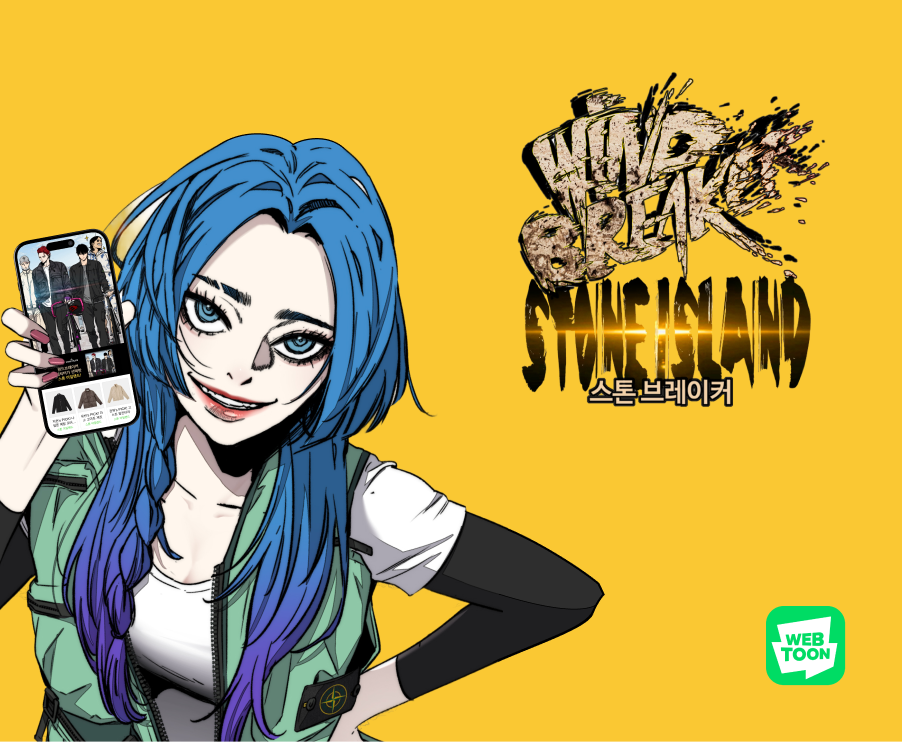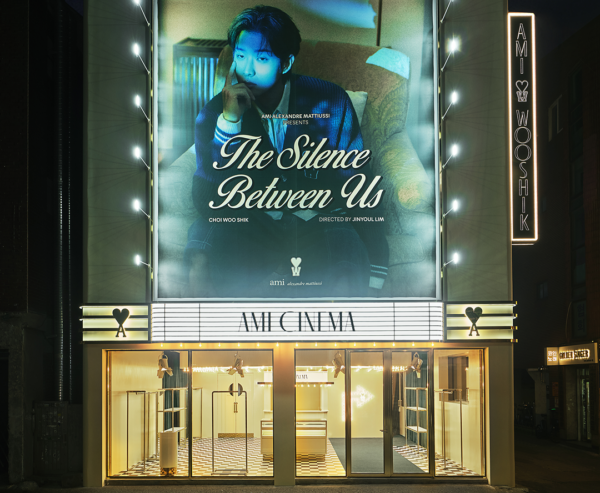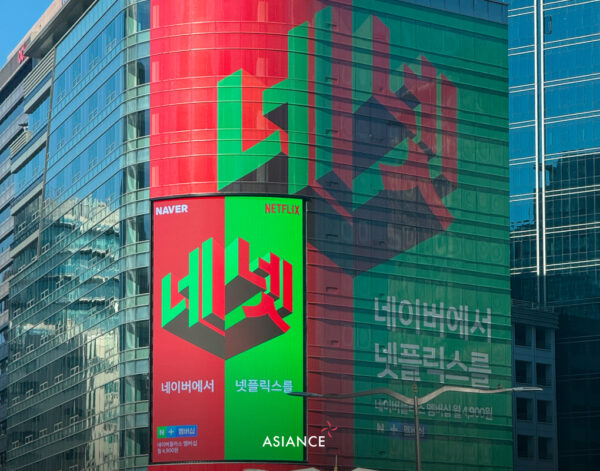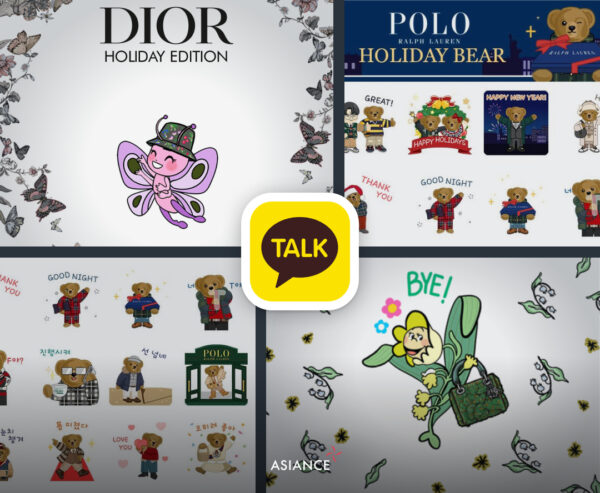INTRODUCTION
Last month, Stone Island shared the thrilling news about their groundbreaking collaboration with NAVER WEBTOON. Associating with the webcomic illustrator Jo Yongseok and its franchise Wind Breaker, a series of four special episodes whose narrative includes Stone Island has been created. The episodes were released weekly, and are now fully available on the Korean version of the NAVER WEBTOON mobile app, as well as on comic.naver.com.
This unique partnership is a true innovation, a first-ever integration of high-end fashion and digital storytelling. This collaboration marks a pioneering step in brand marketing, as Stone Island sought a fresh and impactful way to connect a global brand to the local South Korean ecosystem. By blending the worlds of fashion, art, and technology, a blueprint has emerged on a new way that brands can engage with today’s digital-native audience, in a meaningful and culturally relevant way.
WHAT IS NAVER ?
To understand how the Stone Island × NAVER WEBTOON collaboration is pivotal in the Korean digital marketing ecosystem, it is first essential to grasp the role of two of its composants: NAVER and WEBTOON.
Often described as the “Google of Korea,” NAVER is the first search engine in the country. With over 70% of South Koreans using NAVER as their first search engine, it plays a central role in shaping online discovery, reputation, and purchasing decisions.
For marketers, NAVER is particularly crucial during the prospect phase of the customer journey. Potential buyers turn to NAVER to look for user-generated blog reviews (often written by influencers followed by a loyal community) that include detailed personal experiences, numerous product photos, and authentic opinions. User-ratings in the form of star-scores and comment sections are also a big thing and complementary to these blog reviews. A product or content’s average star-score could make or break its online success, as shoppers often rely heavily on the number and quality of said ratings to assess value and reliability. This is especially important in South Korea, where over 50% of purchases are made via e-commerce and where online trust-building is key. Comments, star-ratings, and keyword-rich reviews heavily influence a brand or product’s visibility and credibility. In short, if your product isn’t part of the conversation on NAVER, it might as well not exist.

WHAT IS WEBTOON ?
A WEBTOON series is a digital comic specifically designed to be read vertically on smartphones. It is a format that originated in South Korea and has since become a cornerstone of the country’s digital entertainment ecosystem. Unlike traditional Western comics or Japanese manga, WEBTOON series are optimized for scrolling, creating an immersive, cinematic reading experience that fits naturally into the rhythms of modern mobile life.
In South Korea, WEBTOON series are massively popular: as of recent reports, over 50% of the population reads WEBTOON series weekly, cutting across demographics and interests. Platforms like NAVER WEBTOON and KAKAO WEBTOON dominate the market, serving as both publishing hubs and cultural incubators. But the phenomenon isn’t limited to Korea anymore. The format is seeing explosive growth globally, with increasing readership in the United States, Japan, France, Southeast Asia, and beyond. In France alone, the webtoon market has tripled in size since 2020, with local creators now emerging alongside Korean imports.
On top of being a genre of their own, WEBTOON series are also a powerful content pipeline fueling the broader K-Wave, the Hallyu. Many hit Korean webcomics are later adapted into K-Dramas (Cheese in the Trap, Itaewon Class, True Beauty…), animated series and even Japanese anime (Solo leveling, Tower of God…). They serve as IP factories, providing ready-made stories with built-in fanbases for the Korean entertainment industry.
WEBTOON series hence have a very strong potential for product visibility. Just like K-Dramas and K-Pop music videos, WEBTOON series reach massive audiences with fans who often take inspiration from what their favorite characters are wearing, eating, or using. It makes WEBTOON series a strong candidate for product placement. As the medium gains global popularity, brands are starting to see WEBTOON series not just as stories and entertainment, but as emotionally engaging marketing platforms with viral potential.
The Stone Island × NAVER WEBTOON collaboration marks a turning point: it is no longer just about subtlety slipping a logo into a panel, but about co-creating a world and a narrative where the brand is woven into the story from the ground up.
STONE ISLAND X NAVER WEBTOON : A GROUNDBREAKING MARKETING MOVE
The Stone Island × NAVER WEBTOON collaboration represents a pioneering moment in digital and cultural marketing, a first-of-its-kind partnership that seamlessly ties together fashion, storytelling, and technology. This is the first time a luxury brand has collaborated with a webcomic platform. What makes it truly innovative is its content-first approach. Rather than simply inserting products into existing content without addressing it, this partnership builds a narrative from the ground up, with the brand’s identity organically embedded within the story itself. For Stone Island, a brand famously averse to trend-chasing and that focuses mainly on innovation and authenticity, this move signals a strategic pivot. It is a response to the evolving expectations of Gen Z audiences, who engage with brands not only through traditional ads but through immersive, digital-native experiences that blend content and commerce.
Stone Island and Wind Breaker by Jo Yongseok
What is remarkable is how deliberately this collaboration was constructed. The narrative context is carefully chosen to reflect Stone Island’s core aesthetic and ideas. Known for its technical, functional, and streetwear-driven designs ( multi-pocketed jackets, zippers, layered garments, and innovative textiles like wind-resistant, water-repellent, thermochromic, or reflective fabrics) Stone Island’s DNA is all about utility, innovation, and edge.
Enter Jo Yongseok, the illustrator behind Wind Breaker. This NAVER WEBTOON series that follows high schoolers in an underground world of biking and urban sports, has gained popularity far beyond Korea, becoming a hit. The author is also known for incorporating fashion references into his detailed artwork. The Wind Breaker universe, with its emphasis on motion, competition, and street culture, is a natural fit for Stone Island. The series’ themes of direction, exploration, and resilience mirror Stone Island’s own brand philosophy.
It is hence not a mere product placement at all, but the creation of a story where the product belongs. This marks a new paradigm in how fashion and storytelling can intersect to captivate audiences and build long-term cultural relevance.
Stone Breaker
At the start of this series of four special episodes, characters from Wind Breaker find themselves in a Stone Island store, interacting with staff and trying on clothes. This turn of events is integrated within the special episode’s plot, allowing the brand to be woven into the narrative without feeling too forced.
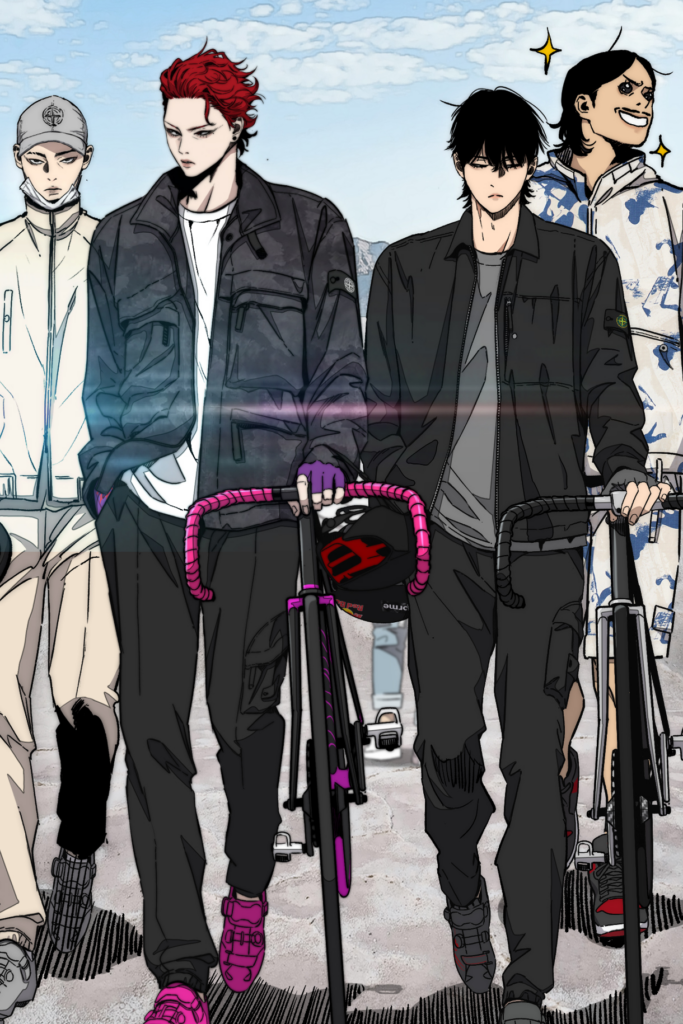
The NAVER WEBTOON’s interface further amplifies the collaboration’s impact. As readers scroll through the story, product banners featuring the real Stone Island garments worn by the characters appear at the end, comparing illustrated panels previously read with the original Stone Island products. This transforms the platform into an interactive fashion catalog without interrupting the narrative. It even deepens the immersion. There’s a real sense of craze, that “wow” moment, when readers see the illustrated version of a character’s outfit instantly mirrored by a real, purchasable item. It forges a powerful association between the emotional resonance of the story and the tangible appeal of the product, turning clothing into part of the reader’s emotional journey. This seamless blend of art and commerce makes the experience not just engaging, but aspirational.

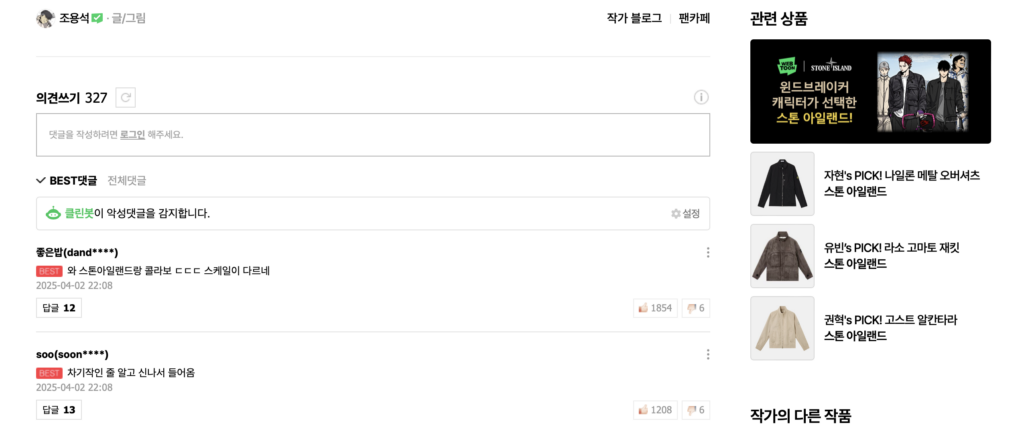
Ratings and Comments
Let’s now take a closer look at the reviews and the comments of Stone Breaker, in order to assess the extent and reactions to this collaboration. As we explained before, star-scores and reviews are crucial in a product or content’s popularity within the South Korean digital ecosystem.
In terms of ratings, Stone Breaker reached a star-score of 9.82/10 stars two weeks after the release of its first special episode, with a total of 2,265 raters. It is safe to say that the content produced by the Stone Island x NAVER WEBTOON initiative was deemed very appealing by the consumers.
We can also note that there are plenty of comments mentioning the brand with positive words and reactions, such as “This makes me want to wear Stone Island.” It indicates that this collaboration resonates with audiences, and that it has a positive impact and encouraging results as a marketing move.

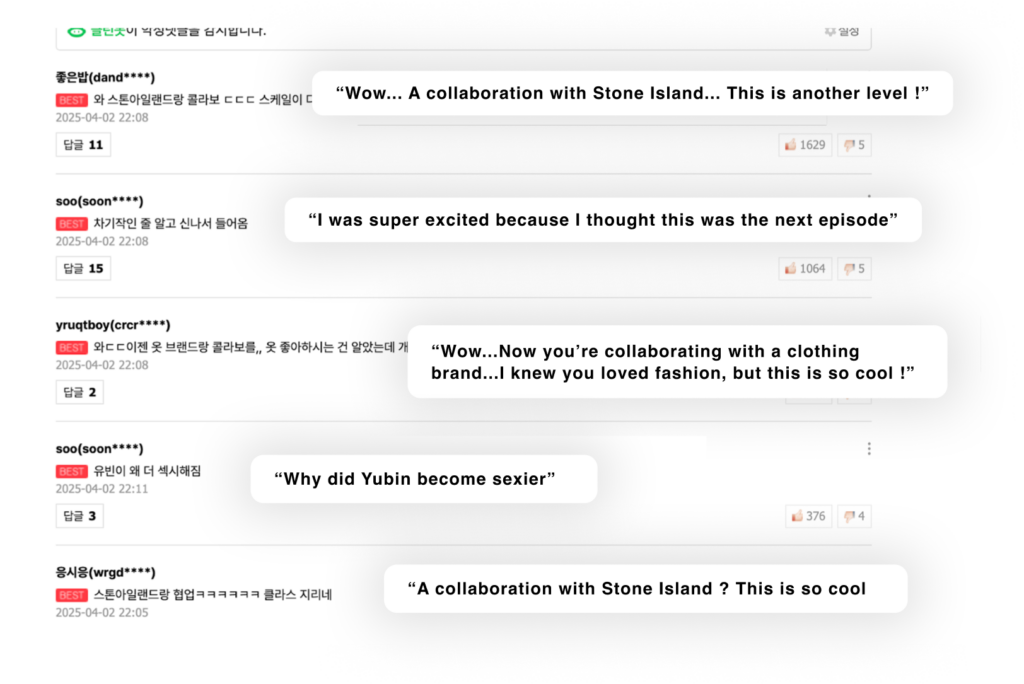
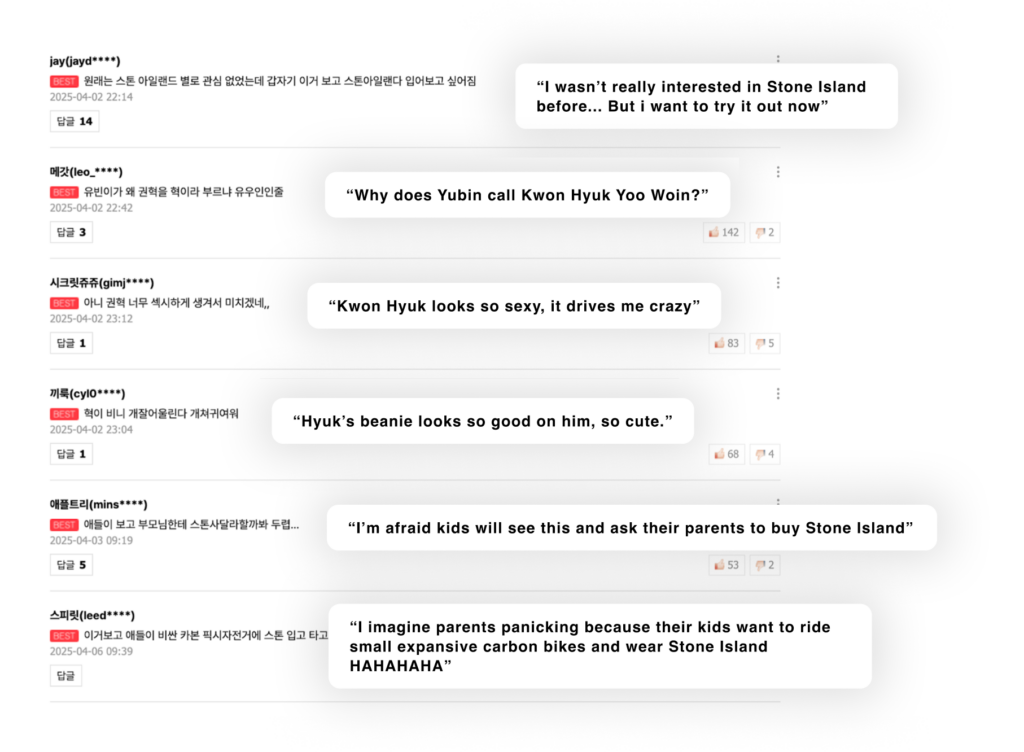
CONCLUSION : AN INNOVATIVE STRATEGY IN BRAND MARKETING AND STORY TELLING
Stone Island × NAVER WEBTOON is, on top of being a creative experiment, a groundbreaking marketing move that redefines how fashion brands can engage with digital-native audiences. By prioritizing storytelling and cultural integration over product visibility, this campaign sets a new standard for content-first branding in the digital age. This concept is revolutionary for several reasons
1. It merges high-end fashion with youth-centered media : Stone Island is a premium brand known for its high-performance fabrics, iconic streetwear aesthetic and tech wear. WEBTOON series, on the other hand, are one of the most consumed digital formats among Gen Z and Millennials In South-Korea — and increasingly around the world. By embedding itself directly into the narrative space of a medium readers emotionally connect with, Stone Island is getting noticed and becomes a part of readers’ weekly rituals and emotional landscapes. It’s a story-world integration.
2. It is culture-first, not product-first : The campaign centers around a custom series of special episodes, within the original series Wind Breaker by Jo Yongseok. Rather than pushing clothes, they build a narrative where the brand’s identity fits. That is deep brand storytelling, not shallow brand shouting. The brand serves as a label, but also as a symbol.
3. Global Meets Local : Stone Island brings a strong European legacy in techwear and fashion innovation. NAVER WEBTOON is a uniquely Korean webcomic platform, embedded in the everyday cultural life of South Korean people. By collaborating with a local creator and platform, Stone Island not only taps into the power of K-content, but does so with cultural sensitivity and authenticity.
4. Platform-native, Community-first Strategy : Unlike Instagram or YouTube where ads interrupt content, WEBTOON series are the content. Stone Island hence neither intrudes or interrupts, but it becomes part of the content readers voluntarily seek out. Thanks to NAVER WEBTOON’s massive loyal audience, the campaign builds ongoing engagement. People return week after week to read and emotionally invest in the world of Stone Breaker. This collab turns readers into fans and brand advocates.
5. Fashion as visual identity and digital culture : In any cultural content, characters often serve as aspirational figures. When the characters of Stone Breaker wear real-life Stone Island garments, it creates a connection between the reader, the character, and the brand. Readers identify with what they see. Even if they can’t buy the product now, they begin to associate Stone Island with the style, meaning, and values embodied by the characters they affectionate.
The four episodes are available in korean on NAVER WEBTOON here.
Jo Yongseok, the illustrator, has also shared the collaboration on his instagram by displaying illustrations of his characters wearing Stone Island clothes in the special series of episodes.

Curious about our services ? Contact us at insight@asiance.com to craft innovative marketing strategies and engaging brand experiences that resonate with your audience!



